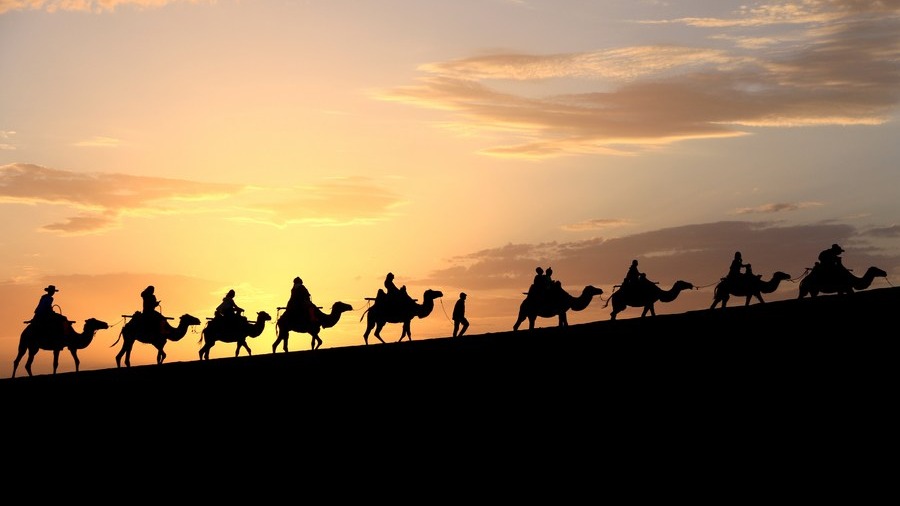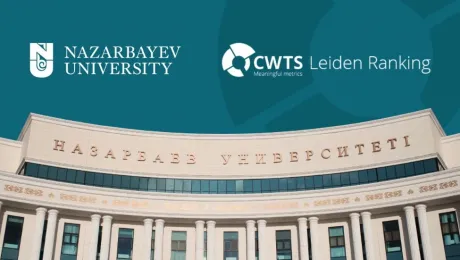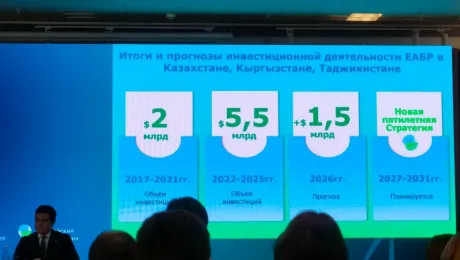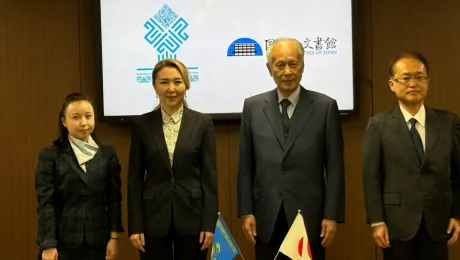Editor's note: At the Shanghai Cooperation Organization's Astana Summit in July 2024, Chinese President Xi Jinping called for building a common home featuring solidarity and mutual trust, peace and tranquility, prosperity and development, good-neighborliness and friendship, as well as fairness and justice. To highlight this vision, CGTN has launched the five-part series Common Home, Moving Forward. The fourth article in this series focuses on cultural interconnections.
Freddie Reidy, a special commentator for CGTN, is a freelance writer based in London, specializing in international politics. The article reflects the author's opinions and not necessarily the views of CGTN.
Since its inception as the Shanghai Five, the Shanghai Cooperation Organization (SCO) has grown into the largest regional organization in the world. In addition to its primary focus on traditional security concerns, the SCO has gradually evolved into a platform for broad cooperation, with cultural exchanges being a key area.
On July 7, 2025, Qingdao hosted the 22nd Meeting of Ministers of Culture of the SCO, attended by cultural ministers from member states and SCO Secretary-General Nurlan Yermekbayev. The sides exchanged views and plans on how nations can work best together in order to preserve and document cultural heritage. Global conflict over the last few decades has left many regions scarred with damage wreaked upon their cultural treasures. The damage inflicted on the Middle East during the days of ISIS expansion of the so-called caliphate is still being measured with improved access, for example.
The meeting in Tianjin coincides with the 10th anniversary of the destruction of Palmyra in Syria, one of the most devastating cultural losses of the last century. Whether through ideology in this case or by nefarious actors plundering for financial gain, heritage sites remain at risk.
The trafficking of cultural artifacts is of particular concern to members of the organization. At the 21st SCO cultural ministers meeting in 2024, "ministers agreed to exchange expertise on combating artifact trafficking and preserving traditions." The intersection of security and culture is a particular feature of the SCO.
With many cultural treasures being spread across the borders of many of the member states, the SCO serves as a vital regional body capable of offering harmonious cooperation, information sharing and security.
Arguably, there is no better example of the cross-border challenges and opportunities than from the Silk Roads. As a direct consequence of this partnership between nations fostered through the SCO, China was able to offer expertise in practical terms to fellow members. Wang Jianxin, chief scientist at the Collaborative Research Center for Archaeology of the Silk Roads, spoke recently of "Chinese teams conducting temporary protection, building sheds and installing monitoring systems to ensure relic safety during excavations."
 Promotion banners of a Silk Road exhibition are seen at the entrance to the main venue at the British Museum in London, UK, September 24, 2024. /Xinhua
Promotion banners of a Silk Road exhibition are seen at the entrance to the main venue at the British Museum in London, UK, September 24, 2024. /XinhuaThese practical initiatives also facilitate another core pillar of the organization – education and promotion. The recent Silk Roads exhibition at the British Museum, London, was enabled by the coordination of Central and Far East Asian museums acting in concert to heighten awareness and cultural celebration. Through the spirit of the SCO, the exhibition featured over 300 objects from 29 lenders, thus promoting regional interest and understanding.
While the Silk Roads may represent the networks of the past, there is also a growing impetus for the networks of the future, employing 21st-century technology in the deployment of artificial intelligence and satellite imagery in order to address urgent cataloguing of sites and regions at risk. To this end, China and Uzbekistan have embarked on a partnership to undertake this work, setting up a joint archaeological center dedicated to advancing cultural research, safeguarding heritage, and strengthening academic collaboration on the ancient Silk Roads. Similar schemes will likely be discussed at this year's meeting. Indeed, SCO Secretary-General Nurlan Yermekbayev in July called "on the parties to increase the number of practical projects in the field of culture."
The Silk Roads also reappear as a central force in the field of education, too, seen as the future component to protecting the past. Speaking at the SCO's Education Ministers Meeting in Urumqi, Ma Xingrui, Party Secretary of the Xinjiang Uygur Autonomous Region, vowed to develop Xinjiang into a cultural and educational hub of the Silk Road Economic Belt. And Chinese Minister of Education Huai Jinpeng said, "China stands ready to share its experience, embrace digital transformation, and contribute to building a shared future through education," encouraging all parties to leverage the SCO Education Ministers' Meeting mechanism to enhance policy coordination, exchange best practices, advance key projects step by step, and deliver concrete benefits to people in member states.
Much like the original Silk Roads, therefore, the SCO serves as an enduring web connecting countries and cultures. It serves as a vital network for the sharing of the tangible and the intangible, as a pathway from the past and into the future. China will conclude its stewardship of the 2025 SCO summit buoyed by the momentum to build and capitalize on this legacy.








